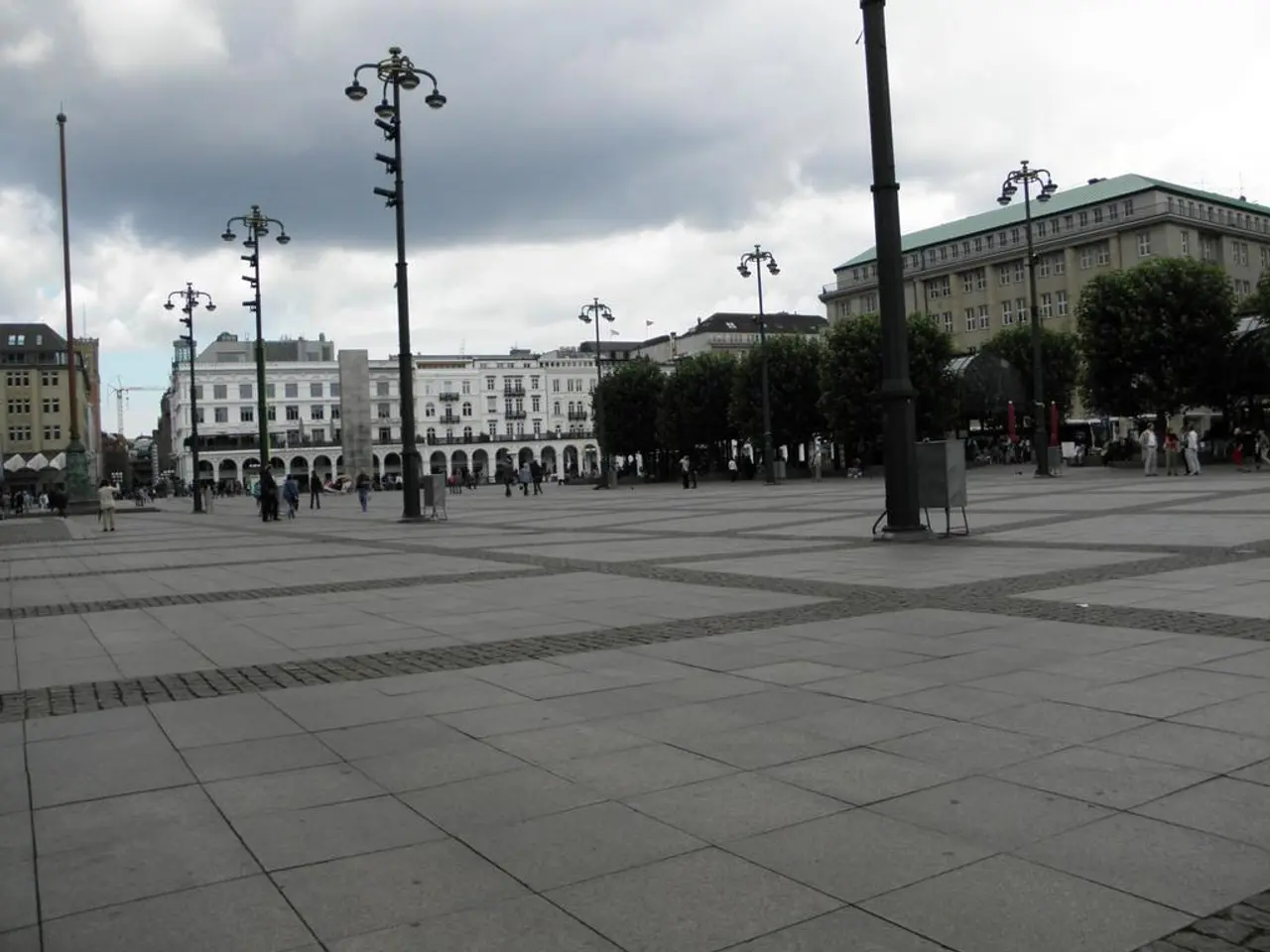Barcelona's Heatwaves Could Reach 45°C by Century's End
A collaborative study by the Universitat Autònoma de Barcelona (UAB) and C3 (Centre for Climate Change) has delved into the impacts of heatwaves on the Barcelona Metropolitan Area. Published in the Journal of Geophysical Research: Atmospheres, the research, titled 'Heat Waves and Urban Heat Island in Barcelona: Effects on Human Health and Thermal Comfort', highlights the Urban Heat Island (UHI) effect and its intensification during heatwaves.
The study combines the pseudo-global warming approach with high-resolution urban simulations, capturing the urban heat island effect more accurately. By the end of the century, maximum temperatures could reach 45°C in urban areas inland from the Barcelona Metropolitan Area (BMA) and 42°C in urban areas inland from Barcelona city. Conversely, minimum temperatures in coastal areas could struggle to drop below 32°C within Barcelona city. The geopotential height at 500 hPa could increase by up to 100 meters, indicating a more stable atmosphere prone to persistent heatwaves.
The Barcelona Metropolitan Area, home to over 3.3 million inhabitants in 636 km2, already exhibits clear signs of climate vulnerability. A study focusing on this area projects heatwave temperatures to increase by around 2.5°C by mid-century and 4.2°C by late century, with temperatures potentially rising by up to 6°C and relative humidity decreasing by up to 16% in the BMA by the end of the century.
The study underscores the urgency for adaptation plans like Barcelona's Climate Plan, aiming for a 40% reduction in emissions by 2030. Future heatwaves may bring lower relative humidity, but nighttime heat will remain a critical risk factor. Understanding future extreme events like heatwaves is crucial, as over half of the world's population lives in cities.
Read also:
- Mobility Sparks Unseen Organ: Surprisingly Active During Physical Activity
- Early Onset Puberty: Its Definition, Triggers, Risks, and Managing Strategies
- "Satanic Worship Owns the Spotlight in America: QAnon Spurring Modern Day Satanic Panic"
- Critics Among Influencers: Championing 'Natural' Birth Control Methods. Essential Information Explained








